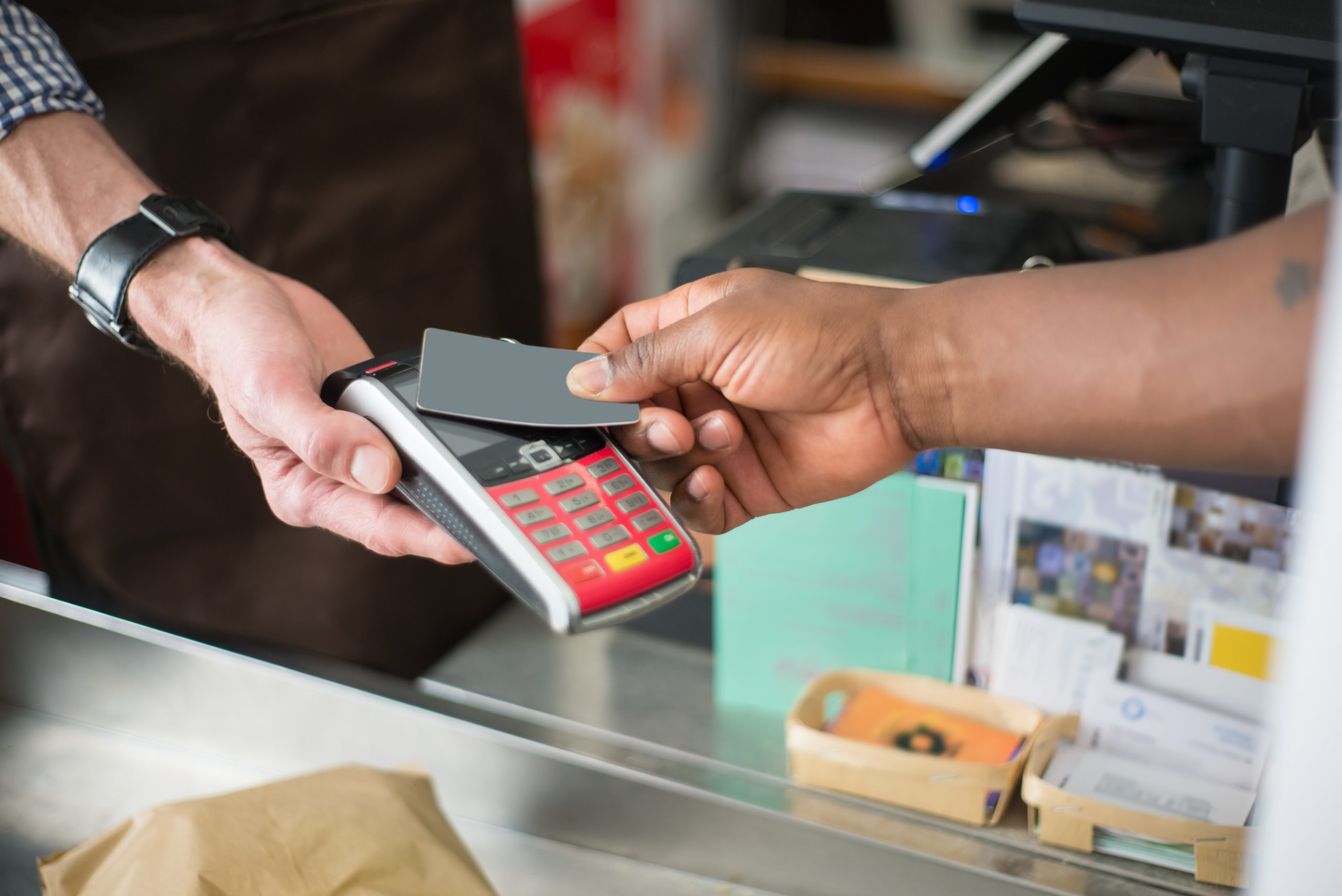Payment Facilitator v/s Payment Processor
Accepting digital payments is becoming a necessity for all types of businesses. But before starting to accept online payments, thorough research is of the utmost importance.
But as we go deeper in understanding the payment infrastructure and whatnots of digital payments, one can get lost.
The terminologies and basics of the payment industry can be quite confusing and NOT self-explanatory. For many businesses, small or large, start-ups or new entrants in the payment space these terminologies can be a major headache.
Here is our list of some of the basic terms used in digital payments.
In this article, we tried to make clear two terms that are a little difficult to understand. If your business deals in accepting online payments or if you want to start accepting online payments, ‘payment facilitator’ and ‘payment processor’ are the terms you can come across often.
Though these entities work on the same goal, that is to enable payment acceptance, and the words look the same, they fit at different places in the payment infrastructure, so where lies the difference?
What is a payment processor?
A payment processor sits at the center of the payment cycle. As the name suggests, this is the entity that processes the transactions.
It acts as a mediator between the merchant and financial institutions involved in the transactions.
A payment processor receives the initial authorization request when the card is swiped to make a purchase. This request is then sent to the card network.
The Card network after performing the essential checks sends back the authorization response to the processor. The payment processor also checks for security for customers’ card data.
Entities involved in payment processing:
- Customers.
- Merchant/ business.
- A payment processor.
- Payment gateway.
- Bank/ credit or debit company.
- Merchant account/ business bank.
How does a payment processor work?
The cardholder pays for their purchase by providing a credit card. They either scan it at a payment terminal (brick-and-mortar stores) or enter the payment credentials at the checkout page (eCommerce).
The payment gateway securely transmits the transaction data to the payment processor.
Through the card network (Visa, Mastercard, etc.) the payment processor connects to the issuer to authorize the transaction.
The issuer sends an “approve” or “decline” response back through the card network.
If the transaction is approved, the gateway can then negotiate the transfer of funds from the issuer to the card network.
The card network will then transfer the funds to the acquirer.
The acquirer deposits the funds into the merchant account, completing the payment process.
What is a payment facilitator?
A payment facilitator is more or less created to make a simple and efficient path for payment acceptance.
It acts as a sub-merchant account for a merchant service provider, they accept transactions for their merchant customers and pass them to the payment processor. With a payment facilitator, merchants don’t need their MID, meaning, PF establishes a master merchant account with an acquiring bank and signs up merchants under that same account. In addition to this,
PF also undertakes the following operations for the merchant account,
- Underwriting
- Onboarding
- Monitoring
- Funding
- Chargeback control
All in all, it simplifies the application and payment acceptance process for merchants.
How payment facilitator works and what are the entities involved?
To provide merchant services, the payment facilitator should undergo certain procedures. We can describe them as an ecosystem. It’s a set of parties and actions that the PayFac performs to deliver several services to merchants. What parties are in the ecosystem?
An acquiring bank. It’s a vital part as everything works through the master MID. Firstly, the payment facilitator needs to open a merchant account with the acquirer. It’s where it will hold the deposits.
So, the acquiring bank is in charge of the PayFac customers’ transaction processing. The acquirer makes the payment facilitator’s check and dictates a variety of requirements.
A payment processor. To ensure the correct money flow, the payment facilitator needs to partner with the payment processor.
It will authorize the transactions and transfer them to the card network. Also, it’s reliable for the funds’ settlement between the issuing and acquiring banks.
Sponsors. Usually, it’s possible to unite the processor’s and acquirers’ functions. Those functions are together known as the sponsor. Accordingly, we remind that the PayFac needs to have an account in the bank, which is part of the credit card network (Visa or Mastercard).
Sub-merchants. They are, consequently, the merchants that own an account with the PayFac. The name goes as follows, as the seller doesn’t have a separate merchant account with the MID. It works as a sub-merchant via the master account, the owner of which is the payment facilitator.
An example of a payment facilitator or PF is a shopping cart solution with billing software.
So, both these entities are different but both of them play a key role in the payment chain for accepting payments. But if you want to avoid the headache of getting to know all this, concentrate on other aspects of your business and still want to accept online payments, Lyra is your best option!
Lyra offers online payment processing solutions tailor-made for your business. Backed up with India’s one of the most secured payment gateway and compliant with PCI DSS, all of Lyra’s solutions follow government to set rules, regulations, and compliances.
With seamless integration, multiple payment options, and a user-friendly interface Lyra offers a seamless journey not only for you but for your customers as well. What are you waiting for?
Contact us today and get your customized online payment acceptance solution for your business!!



